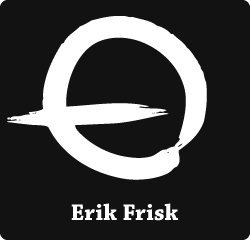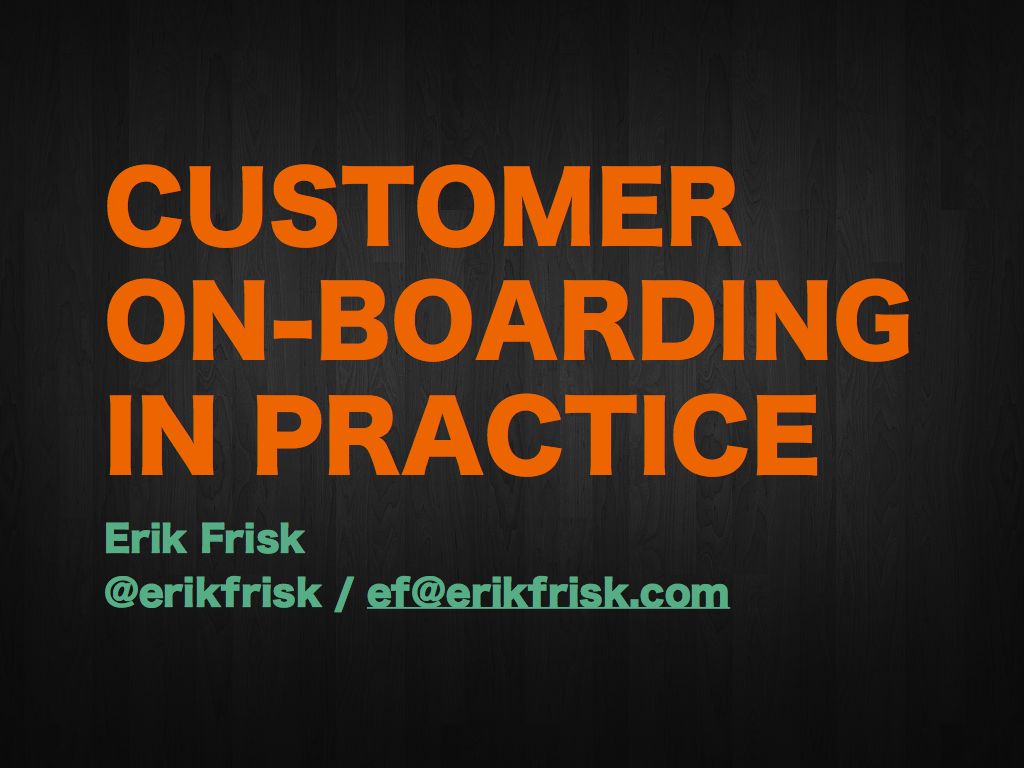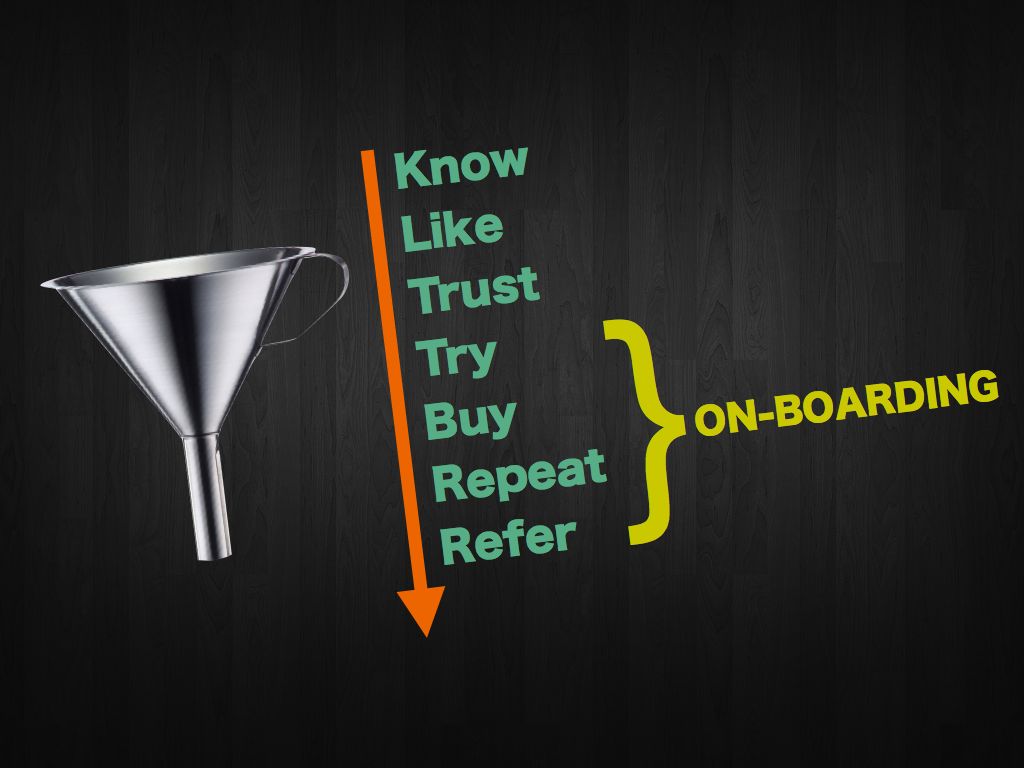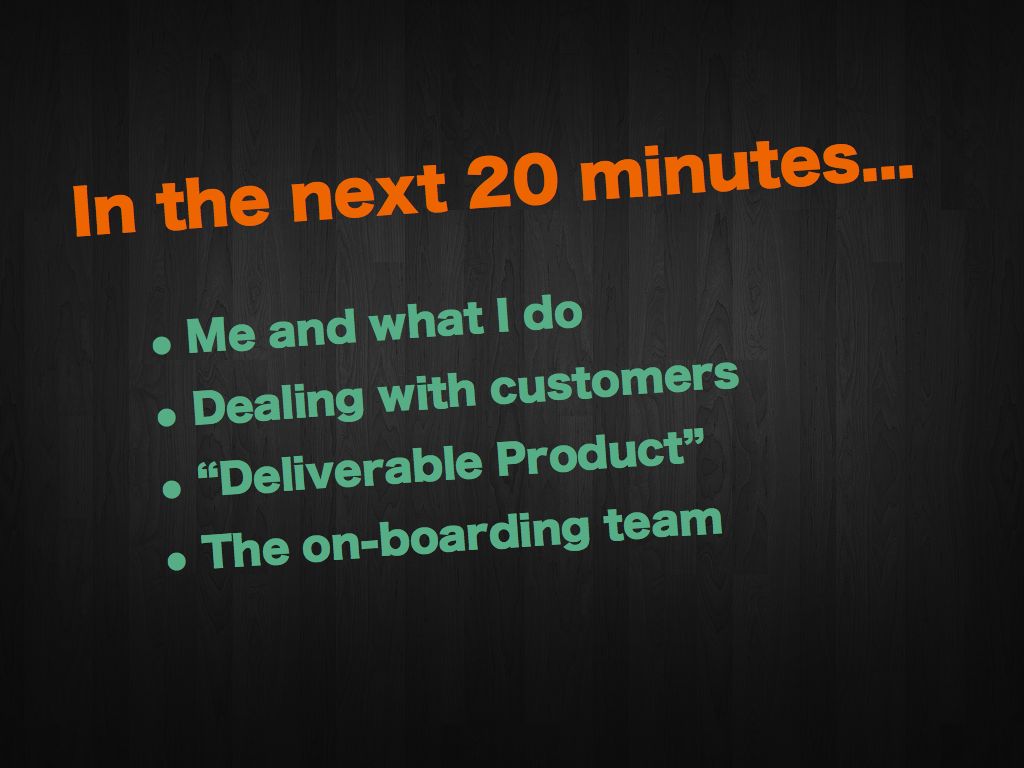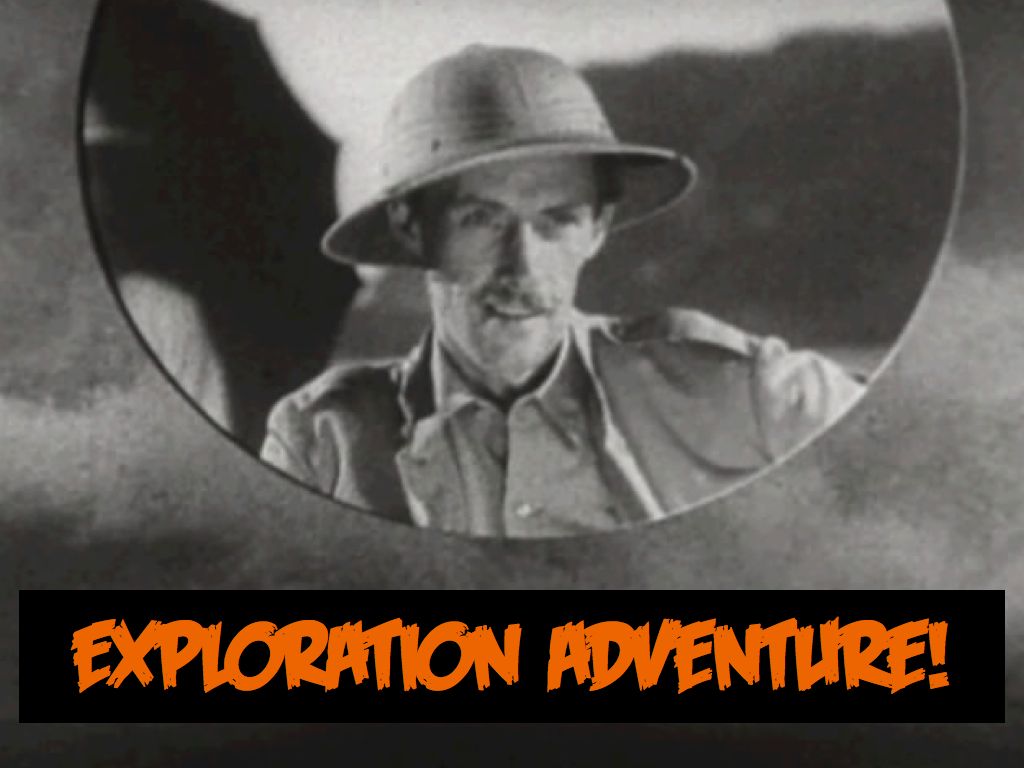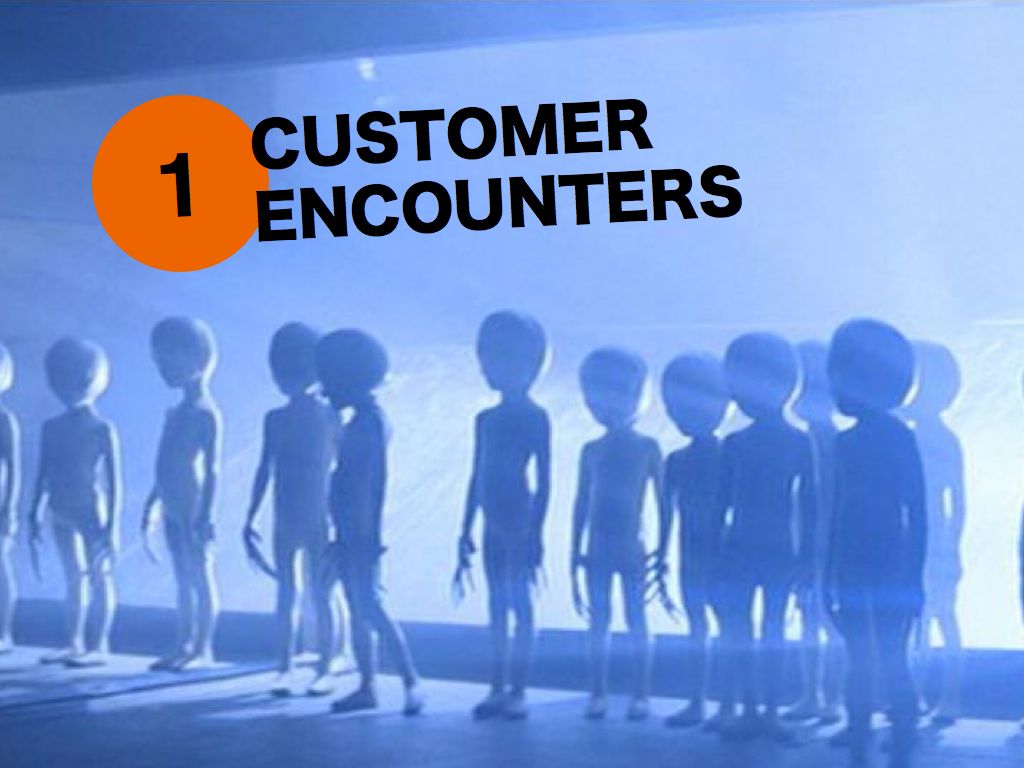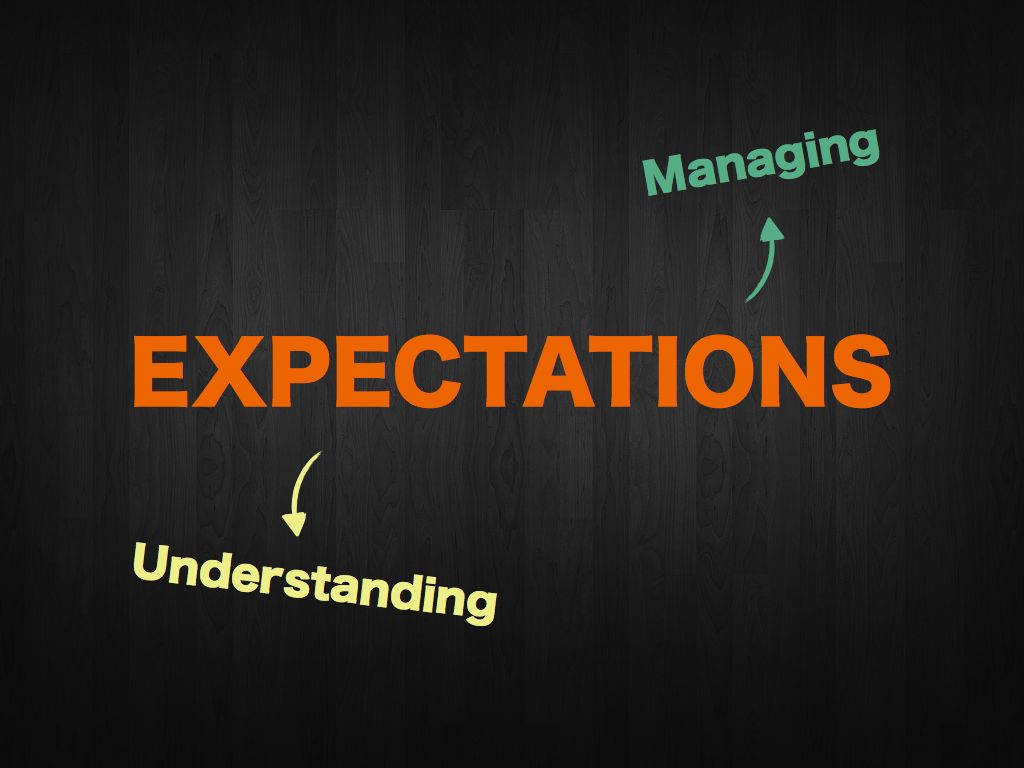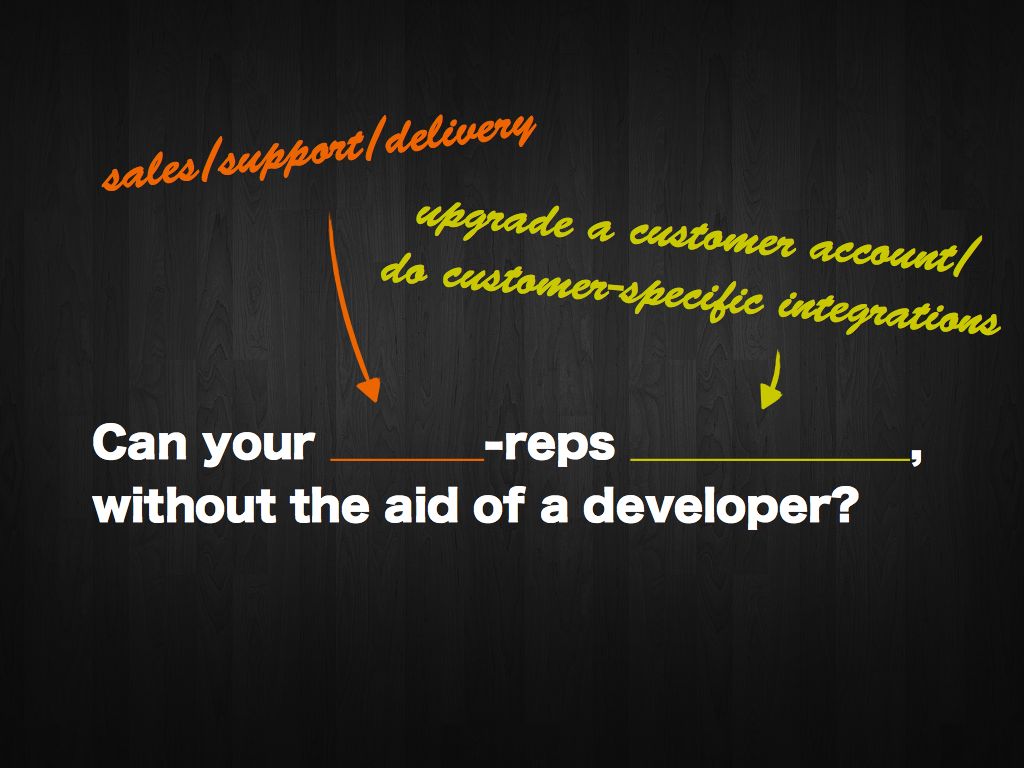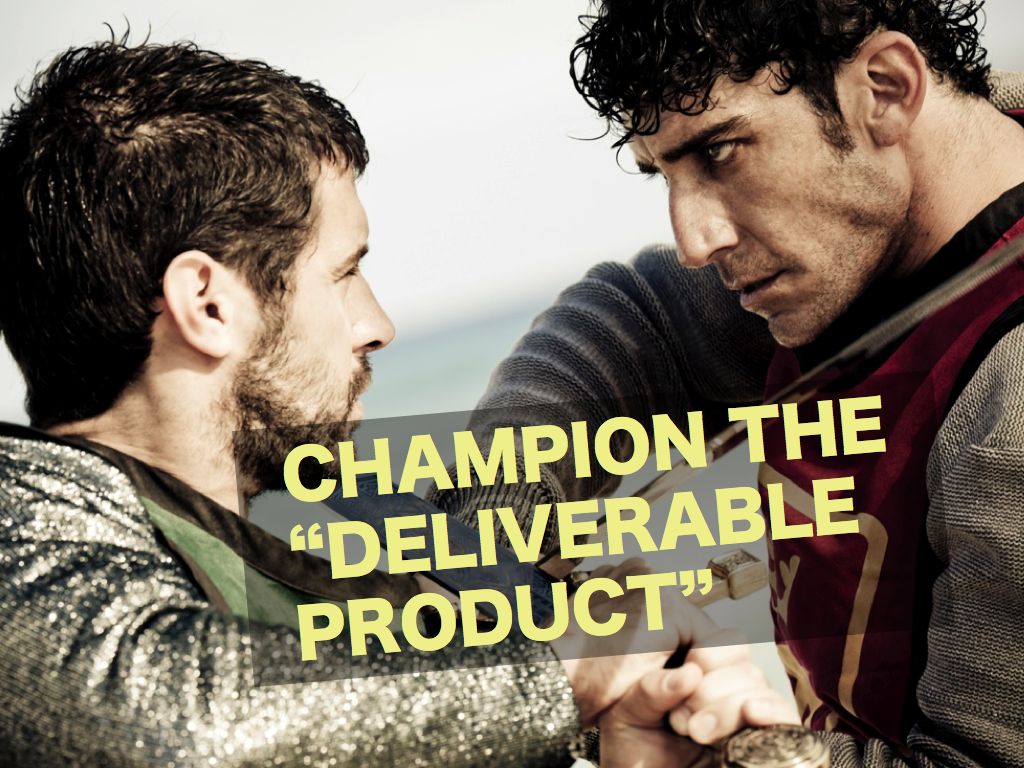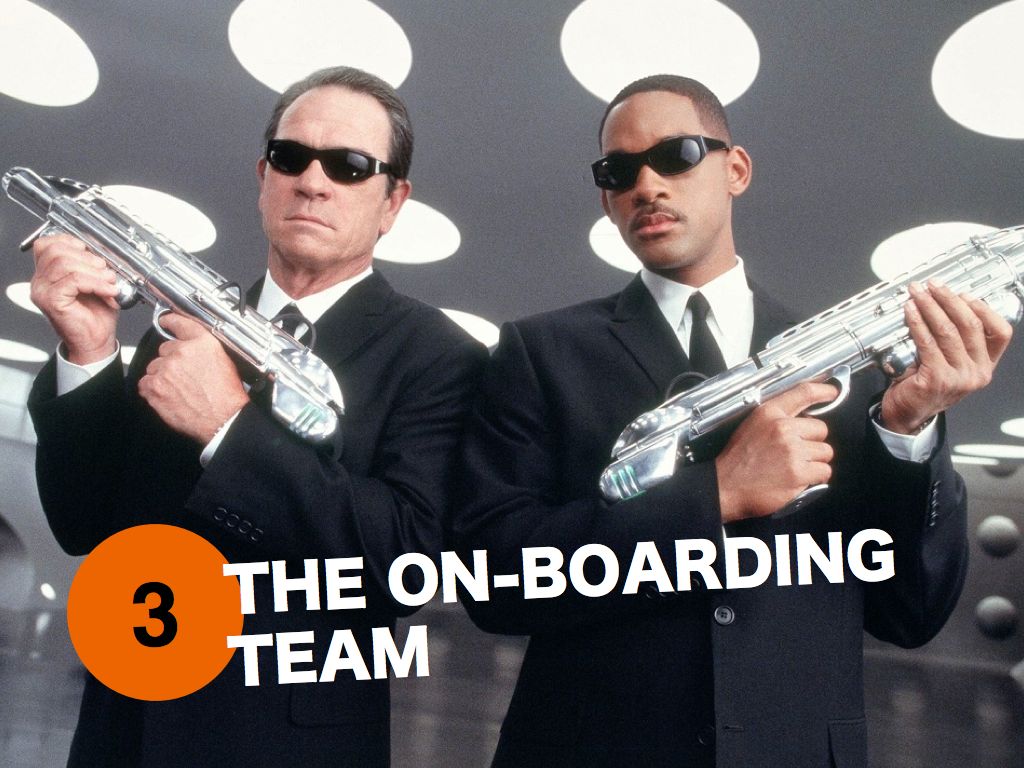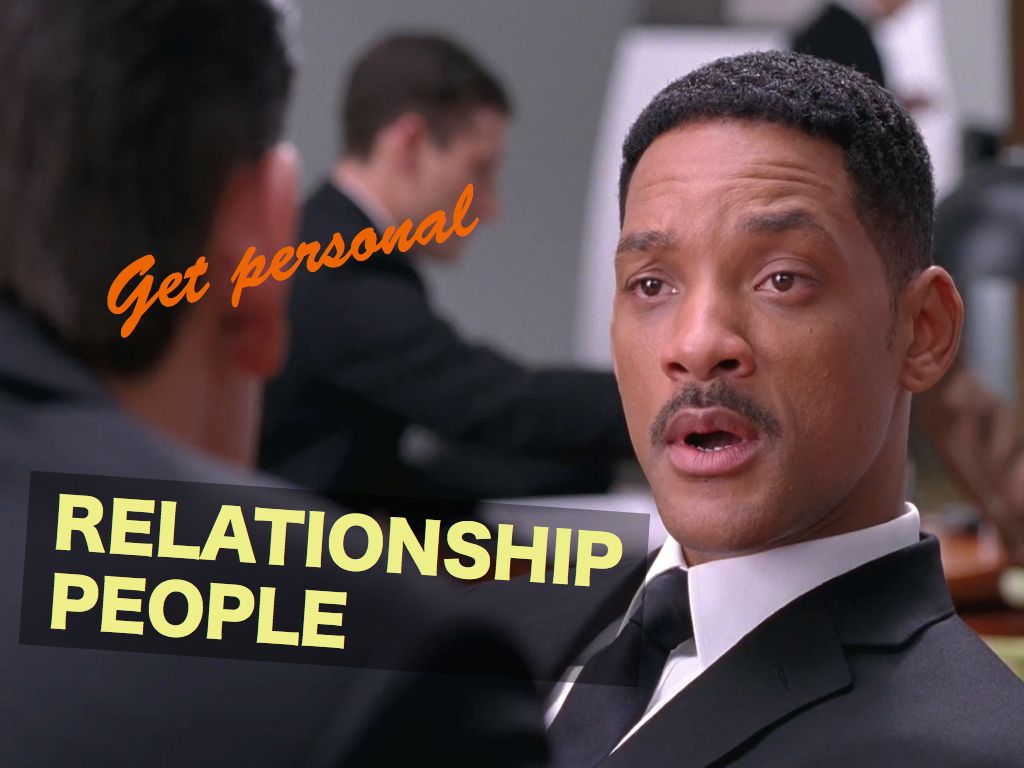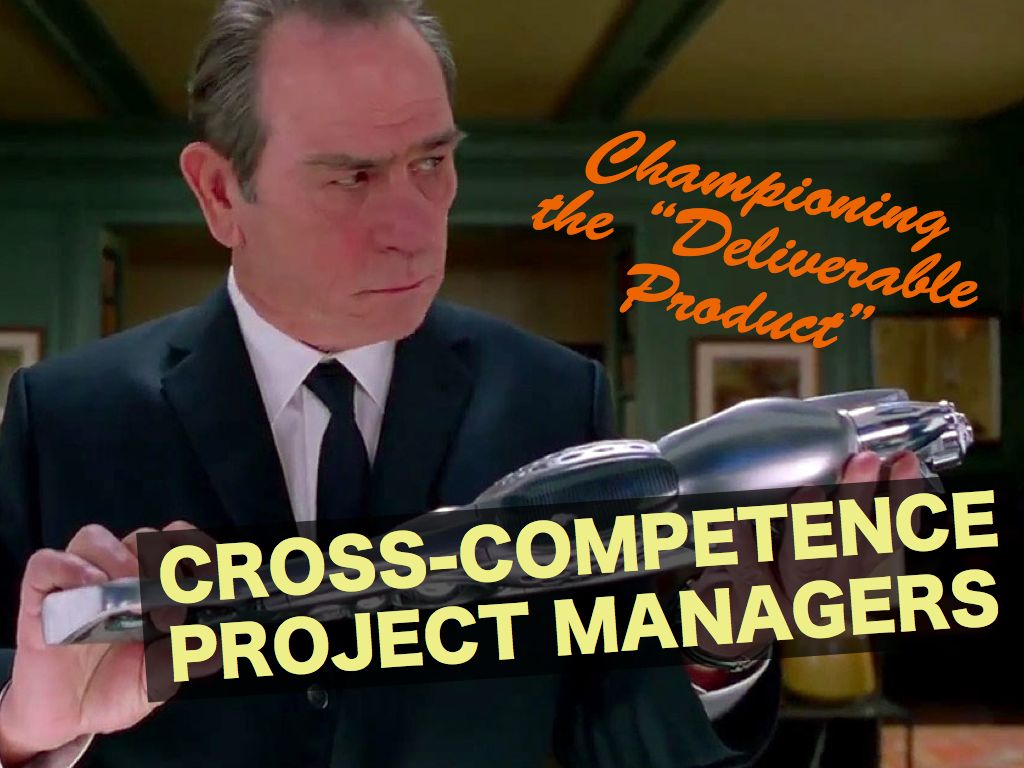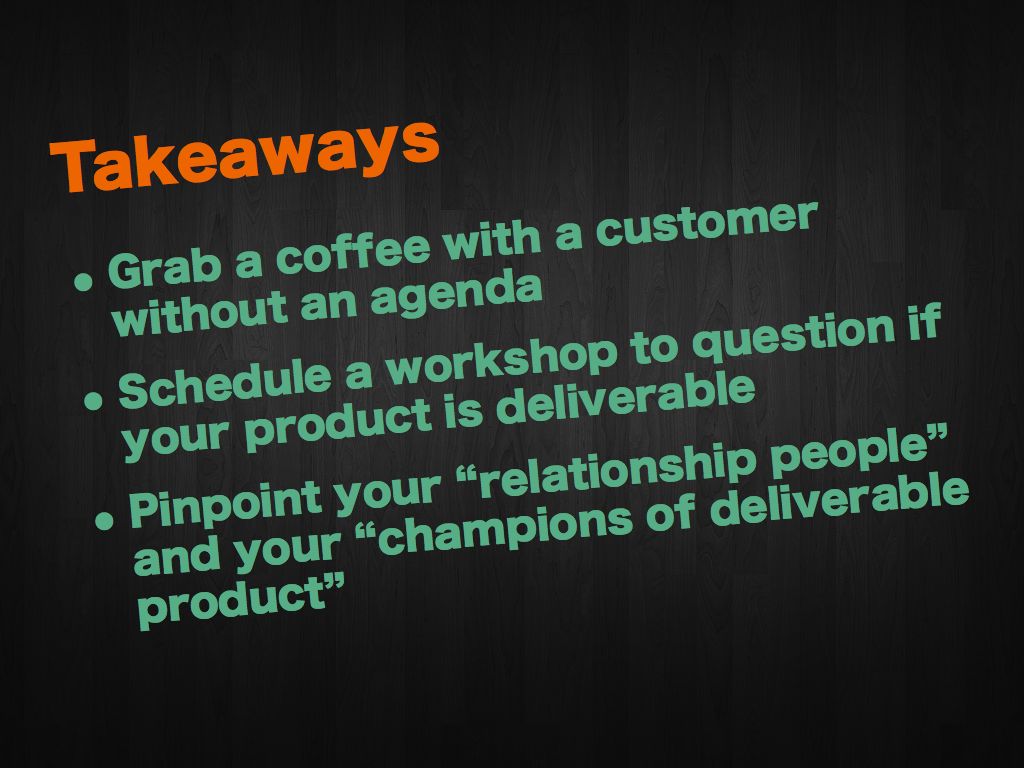I recently participated in a management course in the form of UNITECH International's Start-Up Week, and I've found that one particular technique/trick really stuck with me, namely the power of "You've confused me" over "I don't understand". Whenever a peer is trying to explain a concept or argument to you, and you can't make any sense of what he/she is saying, there are basically three things you can counter with if you want to understand the message:
The worst of all is the classic "Sorry, could you repeat that?". This will promt your conversation partner to do exactly that; repeat the monologue word for word. If the explanation didn't work the first time, it will most likely not make sense the second.
A slightly better approach is to simply say "I don't understand". This will result in a repetition of the monologue, but slightly restructured and perhaps with different word choices. You might even get your partner to speak more slowly and clearly. The problem, however, is that YOU are still the one responsible for the exhange of information. YOU are supposed to be able to recieve and make sense of the information coming your way, no matter how it's presented.
For effective communication, the best thing to do is to shift responsibility for the information exchange to the sender. Instead of "I don't understand", say "You've confused me!". Thus you make your peer responsible for structuring the information in a way that can be easily understood, and the result will be a complete reworking of how the concept or argument is communicated.
Many people find it uncomfortable to shift responsibility of their own understanding away from themselves. This is just something to get over. After using "You've confused me" in groupwork and casual conversation for the past couple of weeks, I can confidently say that it makes communication of complex ideas much smoother.
UPDATE: I want to thank David Ward of www.wardconsultants.com for allowing me to post this technique. Check out his website if you enjoyed it.
